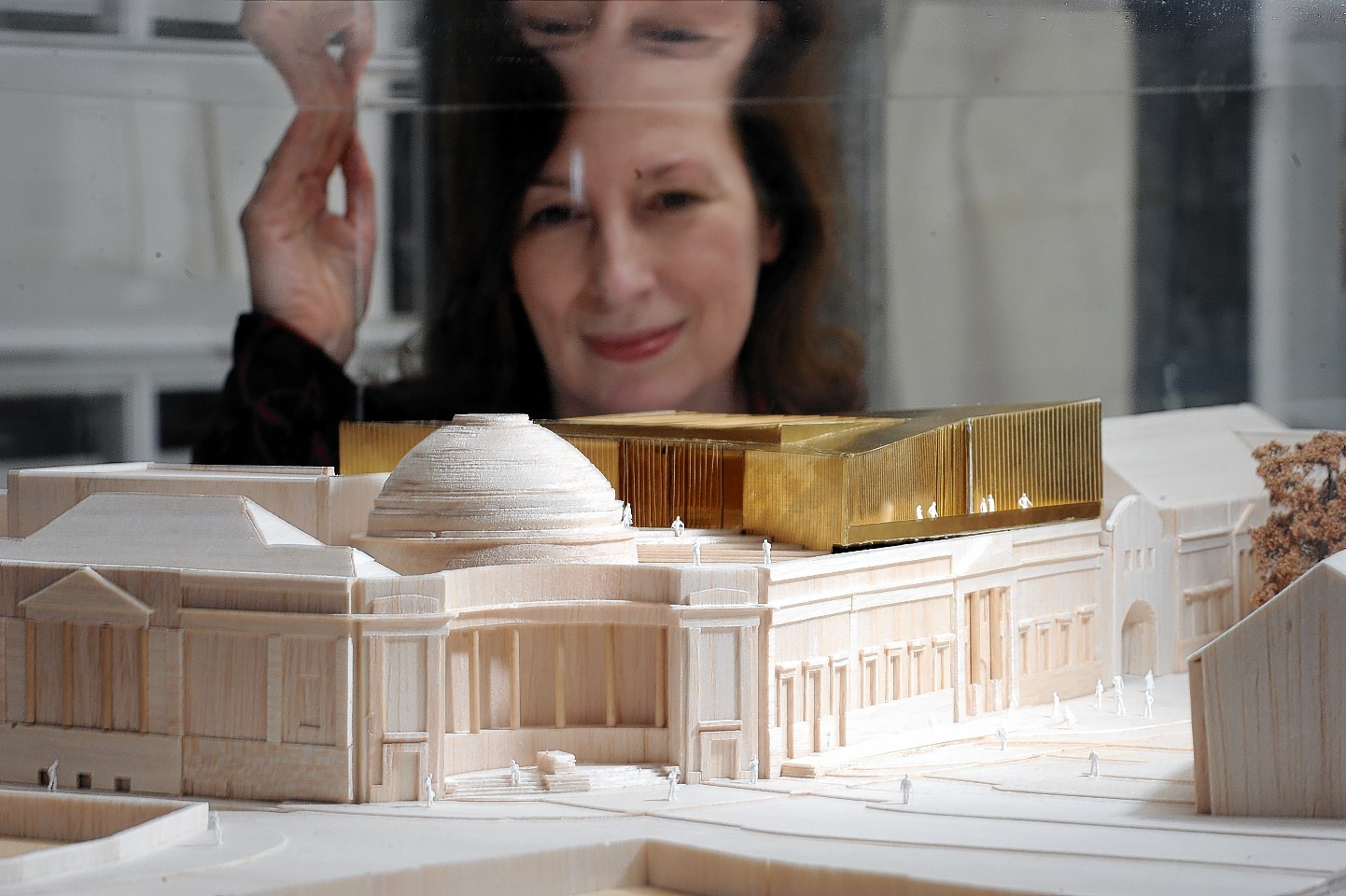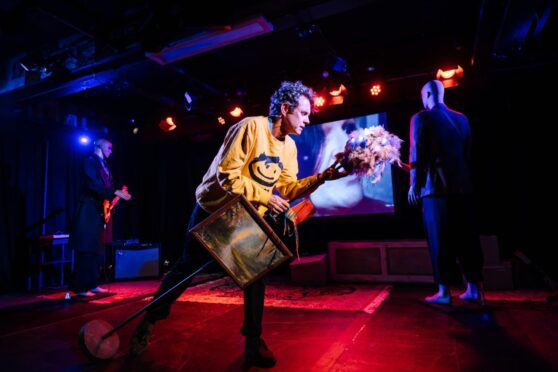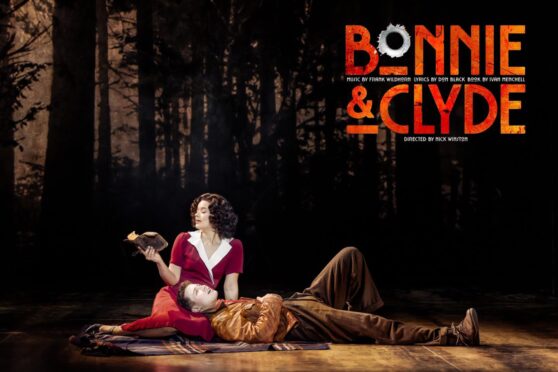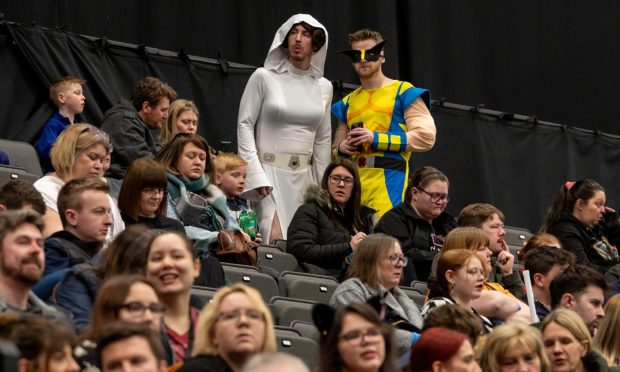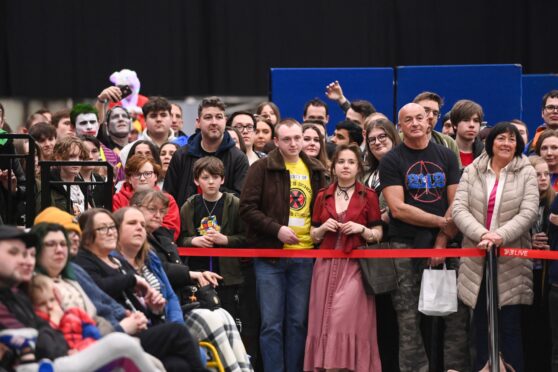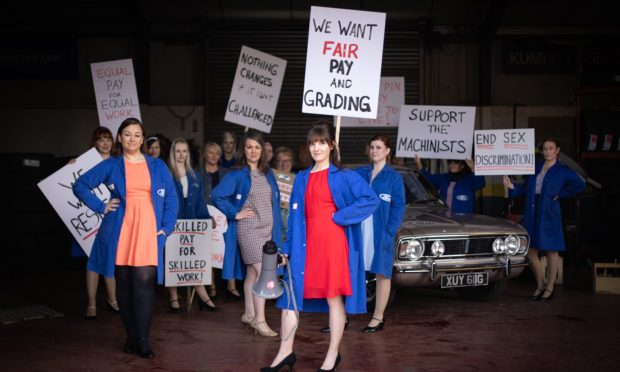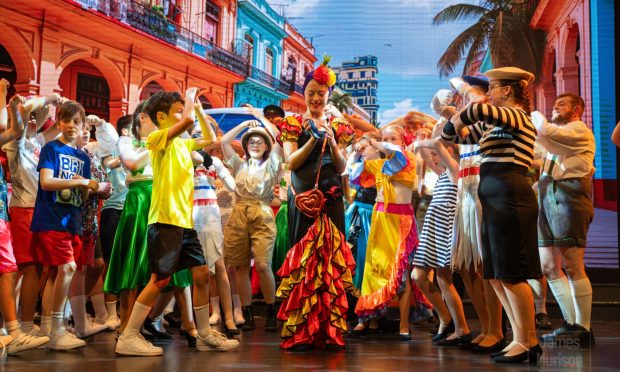As Aberdeen Art Gallery enters the construction phase of its transformation, staff, architects and contractors have their sights firmly on the end product: to create a shining cultural beacon for the north-east
A few solitary voices belonging to staff and removal men bounced around the bare walls of Aberdeen Art Gallery’s central court.
Just days before, the cultural institution had closed its doors for more than two years while it undergoes a significant revamp, and the last of its 12,000-item collection were being packed up.
While no art hung on the walls, and not a single sculpture was left in sight, a poignant remnant of what the art gallery means to the north-east remained – in the form of hundreds of messages scrawled across a few expansive walls.
“Isn’t art brilliant? It’s like being a kid again,” read one message, emblazoned in colourful ink. “Been coming since I was a kiddie winkie, and still get amazed,” read another. And a third: “Two years without is a long time. Can’t wait!”
The messages of love, reminiscence and anticipation had been left by visitors who attended the art gallery’s recent closing events. Art lovers young and old turned out in great numbers to the events, which included a Breaking the Rules fun afternoon and early evening ceilidh on Saturday, March 28.
Huge queues formed outside. In fact, so large were the crowds, the gallery’s surprisingly diminutive capacity of 300 made it tricky to accommodate everyone who wanted to bid the building a temporary farewell.
“We were absolutely blown away by the number of people that came,” said Christine Rew, art gallery and museums manager, as we made our way into the similarly stripped-bare cafe to find a seat.
“Within the first 15 minutes we had reached capacity. From then, the situation was one-in, one-out. It immediately flags up the issues we have about the building.”
A BOLD NEW ADDITION
From a somewhat counter-intuitive entranceway layout, to a light-flooded and often very warm upper floor, to difficult accessibility throughout, the gallery is not performing as best as it could for its visitors and collections, Christine explained. Over the next two-and-a-bit years, and with a budget of £30million, these issues will be addressed, meaning that by the time visitors step back inside, they will find a gallery fit for the 21st century.
The list of new facilities and improvements are many, Christine explained. For example: visitors can look forward to 21 collection gallery spaces (almost double what it currently has); there will be two new education suites and a community gallery; the entrance to the building will be rearranged more logically so that all visitor services spread out from the one place – from the reception, to the cafe, shop and toilets; and Cowdray Hall will be sensitively refurbished and better integrated into the gallery.
The staircase, which visitors currently have to double-back on themselves to use when entering the gallery, will be repositioned so it faces guests as they come into the building. Meanwhile, the new rooftop gallery will enable the building to host international quality exhibitions in a way it simply couldn’t before.
The rooftop extension will be a bold new addition. Designed by Scottish architectural practice Gareth Hoskins Architecture, it will comprise interlocking panels of copper and glass. The construction will resolve the current solar-gain problem which leads to the upper floor getting so warm, and it also aims to attract the eye of tourist and resident alike.
Regarding the latter, during the research phases of the renovation project, Christine and her team found that the gallery was often going unnoticed, and that footfall could benefit from a more visible statement being made.
“They wanted the rooftop to be almost like a signal to the treasure box which lies underneath and within,” she said of the architects.
“So part of the rooftop’s design is about signalling that there’s something fantastic about this place, and that it’s not another corporate building.”
THERE’S A NEED FOR CHANGE
The extension has perhaps been the most controversial of the new additions being planned at the art gallery. Among the most prominent commentators to have lambasted the designs in recent years have been the late artist Eric Auld and local historian Diane Morgan – the former stating he believed elements of the redesign were “tantamount to vandalism”.
Christine said she understands why projects like the art gallery revamp attract strong opinions – both of support and disagreement.
“Change will always divide people. And modern architecture tends to divide people because it’s subjective. And what one person likes, another person doesn’t. Wouldn’t it be a dull world if we all liked the same thing,” she said.
“I think it’s healthy there’s been debate about it. It’s been good for us, because when things are debated, it makes you stand back and review what has been proposed. It makes you think very hard and helps you crystallise informed ideas about what you want to achieve.”
Misconceptions have also been in the air for a few years, such as that the granite columns in the central court will be removed – something which categorically will not be happening, she assured.
Concerns have also been raised by some members of the public about the removal of the marble staircases. In fact, the treads have never been solid marble; they actually comprise layered concrete and chicken wire, and then a top cladding of marble which was laid in 1920. The cladding will be carefully removed to be used elsewhere in the building.
Despite some nay-sayers, the response from the public and cultural community of the north-east has been hugely encouraging, Christine added.
“By and large, the feedback we have had is people saying, ‘just get on with it’. Once people start to see beyond the surface and begin to realise actually the practical difficulties of this building as it currently is, I think people will begin to realise there’s a need for change within it.”
LOOKING FORWARD WITH EXCITEMENT
With the gallery now closed and emptied, the real work is beginning in earnest. The 12,000 items belonging to the collection have been individually packed, catalogued for tracking, and either relocated to a secure storage facility, or out to exhibition spaces across Scotland – from Aberdeen Maritime Museum to Drum Castle, and farther away, such as to galleries in Berkshire, Eastbourne and London.
While it might be strange for them to walk around Aberdeen Art Gallery’s empty hallways, seeing the collection going far and wide is nothing new for Christine and her team.
“We lend a lot anyway, so in a way, it’s part of normal business to be lending to other galleries. The collection works hard for the city as an ambassador. We have lent all over Europe and Australia, and to the US too,” she said.
Construction-wise, the immediate next step will be a final structural survey being carried out, before the contractors get to work. Meanwhile, there’s plenty to occupy Christine’s team during the next two years. The £30million budget, she explained, is not all for construction purposes – it’s also to facilitate a packed schedule of events and exhibitions, plus for the creation of the new museums collection centre which will open in Aberdeen’s Northfield area in spring 2016.
There’s also the matter of ongoing fundraising activity to bring in the final £10million – adding to the £20million already secured from Aberdeen City Council and the Heritage Lottery Fund.
“So it might not look like anything’s happening from Schoolhill, but it’s all happening behind the scenes,” Christine smiled.
It’s an incredibly exhausting time for anyone at the epicentre of such a transformative project, but Christine said she remains energised and motivated by the end product.
“I’ve been here since 1983 – the best years of my life,” she said, casting her eyes around the gallery.
“When you work in a place with such wonderful things, you develop an emotional attachment. It’s a big change, and so you get a mixture of feelings: you look back with fondness, but look forward with excitement at what’s happening and knowing the outcome will be a building that performs better for visitors, collections and people working here.”
To find out more about the Aberdeen Art Gallery renovation project, and the series of events going on around the area during the building’s closure, visit www.aagm.co.uk. To donate towards the project, contact the gallery’s campaign manager, Michael Hodgeson, on 01224 523700.
ABERDEEN ART FINDS ITS WAY TO THE PEOPLE’S CASTLE
By Blair Dingwall
With the Granite City’s art gallery now closed, parts of its teeming collection are finding new homes for the period of its closure.
As part of this, an entire floor of an Aberdeenshire castle – never before opened to the public – has been opened to house some of the art gallery’s iconic works of art.
For the first time in its history, the second floor of the 14th-century Drum Castle, in Drumoak, can be visited by members of the public and will be used as a permanent gallery for the estate.
Recently, the castle’s manager, Alison Burke, said that the move would secure it as the “people’s castle” of Aberdeenshire for years to come.
Drum Castle dates back to the 1300s and was the seat of the Irvine family – an Aberdeenshire clan who supported the Stuarts during the Jacobite rebellions.
Ms Burke said: “In 1975, Drum came from the Irvine family to the National Trust for Scotland and the decision was made to make the second-floor manager’s accommodation, so it was that way for 40 years.
“People couldn’t see the castle in its entirety. People never got the complete castle. The second floor has never been opened, never been seen by the public. Nobody has ever been allowed in.
“One year ago, the floor became vacant and we approached the Aberdeen Art Gallery to see if they were interested in coming to Drum with their collection during their period of refurbishment.
“For me, I am happy that we play a part in keeping the art gallery on display. Nobody wants to put art in a cupboard.”
She added: “We want to have an art gallery of our own that, after the exhibit is finished, we can then bring in exhibitions and make Drum Castle, which is very much the people’s castle, a place where we can bring highly significant artworks.”
Among the works at Drum Castle’s Human Presence exhibition is one of the art gallery’s most famous paintings, Ken Currie’s Gallowgate Lard.
The exhibition is now open and the works will be held at Drum for one year, after which the exhibition will be reshuffled to include different works from the gallery.
